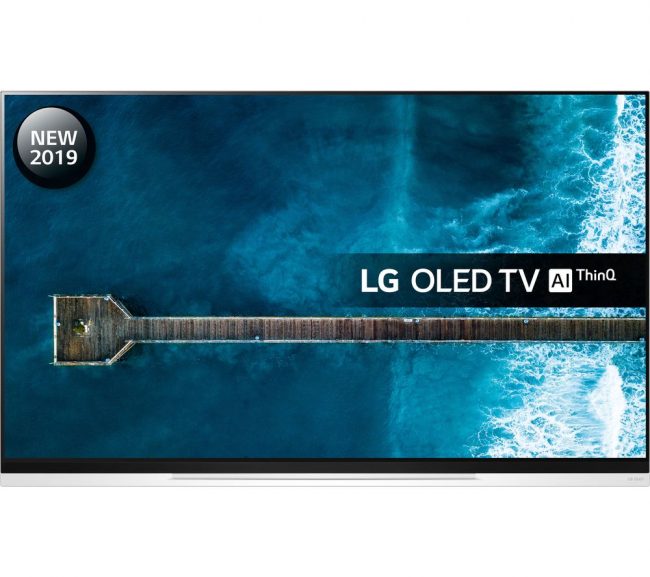The TV resolution and picture quality of TVs have improved in the last 20 years. The changeover from analog to digital television technology was a slow process, and it wasn’t until the mid-1990s that HDTV broadcasting began. At that time, most HDTVs were plasma TVs, which were expensive, so HDTV adoption was slow. By the mid-2000s however, affordable 40-inch LCDs started to be sold. By the end of the decade LCD HDTVs were outselling traditional cathode ray tube (CRT) TVs as well as plasma TVs. Post HDTVs, companies started looking for newer technologies that could be offered to consumers. The last few years have seen curved screens, high dynamic range (HDR), smart TVs and OLED TVs. Now with the hyperrealist detail and picture quality of 4K available to consumers, the next generation of TVs are upon us.
Artificial Intelligence (AI) has been the biggest factor in the advancement of technology in modern times. Industry leaders have changed the possibilities of consumer technology with their products, especially in the fields of visuals and voice. Televisions, which started as a monochrome transmission device have also recently incorporated Artificial intelligence to help create TVs that can listen to you and give you digital assistance-all through the help of AI. Clarity of visuals have increased over the years through the development of LCD, LED and now OLED based technologies in TV, providing internal processors that perform faster and produces smoother graduation in visuals. It has helped not only in the television industry, but the industry of visuals including gaming consoles, projector screens etc.

LG is now utilizing its leading AI know-how to improve the picture of its impressively large high-end televisions. Courtesy of the second generation ? (Alpha) 9 Gen 2 intelligent processor and deep learning algorithm, LG NanoCell and OLED TVs. AI-optimized picture quality that boasts leading clarity, sharpness, detail and brightness is delivered to viewers via comprehensive content and ambient light analysis. The intelligent processor supports numerous features, including AI Picture and AI Brightness, with the former recognizing original content quality and optimizing the clarity and sharpness of pictures, and the latter detecting ambient lighting via precise light sensors and altering the TV set’s brightness accordingly for a bright, sharp display. LG also guarantees memorable, cinematic viewing sessions with LG 4K OLED TV and 4K NanoCell TV that feature Cinema HDR, encompassing support for Dolby Vision and Advanced HDR by Technicolor up to 4K.
Beyond TVs, LG’s Ultra Gear gaming monitors provide a gaming experience that eclipses all others. LG Ultra Gear gaming monitors are uncompromising IPS Nano displays that deliver a game-changing 1 ms response time and minimized blur and ghosting. Covering 98 percent of the DCI-P3 color space, gamers can enjoy unmatched colors and clarity with refresh rates that can keep up with the most demanding, highly detailed blockbuster games, thanks to its NVIDIA G-SYNC compatibility.
Thanks to LG’s innovative Wheel-less Laser and LED technology, the 4K UHD CineBeam Laser projector delivers excellent viewing experience with incredible color accuracy. The new tech helps each model to produce clearer, more distinct images than traditional Digital Light Processing (DLP) projectors with color wheels, and practically eliminates distracting visual artifacts such as the rainbow effect, clouding and color distortion.
PS: Inputs by LG, India



















